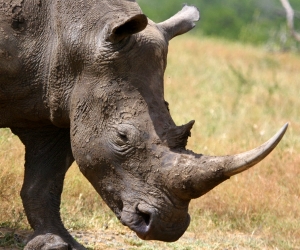At a recently ended Web 2.0 Summit held in San Francisco California, a Berlin-based startup called Changers announced the release of a portable solar charging system that aims to reduce global warming by shifting society to the use of a currency backed by the sun. The Changers Solar System gives the user a way to harness the sun’s energy, liberates the user from the grid, recharges all kinds of devices, helps the user to socialize his/her energy production, and enables him/her to compete with others to earn Changers Credits that can be spent in the Changers Marketplace.
The Changers Starter Kit which is open for a pre-order beginning now as you read this piece, includes the revolutionary Changers Kalhuohfummi solar battery and the Changers Maroshi solar module and costs $149. The Changers Kalhuohfummi is a simple, one-button device that communicates with Changers.com. Inside is advanced intelligence that accurately measures how much energy it captures and stores in the built-in battery, ready to charge any smartphone or tablet. The Changers Kalhuohfummi solar battery is powered by the Changers Maroshi flexible solar module, which generates up to four Watts per hour — enough to charge the Kalhuohfummi battery in four hours. The Changers Maroshi solar panel, which is produced in Colorado, USA, can be attached to any window or sunny surface.
The Director of Communications, Hans Raffauf explains how the technology works:
http://youtu.be/Ee9WW2J8FdE
The system helps you to:
- Capture the Sun: Produce your own energy. The Changers personal solar charging kit enables any of us to produce and consume renewable energy. Now, anyone can start producing energy and know exactly how much CO2 they’ve saved. Find a sunny spot, plug it in, and start harnessing the natural energy of the sun. Pretty soon, you’ll be much more aware of where you get the best sunlight and how to optimize your energy production and consumption.
- Charge your Device: Change your thinking. Plug in your Apple iPhone/iPad/iPod, Android, Kindle (or any of 1,000 other devices) and charge it using the energy you captured. The Changers Kalhuohfummi will recharge your device as fast as a regular charger and radically change the way you think about energy. Now, you’re a Changer – an autonomous producer and consumer of your own renewable energy.
- Become Part of a Movement: Tell the world. Upload your energy production statistics to the Changers community to visualize your actual CO2 savings. See how much energy you’ve produced and compare your score with others. Share your experience and contribution via Facebook and Twitter. Your pioneering actions will inspire others to follow.
- Get Rewarded: Turn your green behavior into Changers Credits. The amount of energy you produce is automatically converted into Changers Credits, which can be spent at retail partners on the Changers Marketplace who share your commitment to a greener planet.
To know more and become social with green energy use go to Changers
















































